AstroFlav is an industry leader in a number of ways.
First, the company has always been known for its astronomically great flavors, hence the name. From taste to packaging, the aesthetics of AstroFlav products have always been absolutely on point. With style mastered, AstroFlav's focus has shifted to substance.
The Award-Winning Innovators Strike Again
In recent years, the AstroFlav team has been hard at work developing products that are excellent both inside and out. To award them for their incredible formulas like AstroFlav Joint Plus and GlucoDrive (and even the unique AstroFlav Magnesium supplement), we awarded them the 2023 Innovators of the Year title for PricePlow's 2023 Supplement Industry Awards.
They're not done. Another great example of this two-pronged approach is IsoMix, AstroFlav's premier whey protein isolate supplement. Back in 2022, we covered AstroFlav's new flavor system for IsoMix, which was released to rave reviews. But that wasn't enough for the innovative, clean label company.
So IsoMix is getting another major update, and it comes with a very unique ingredient inclusion to power more leucine:
AstroFlav IsoMix: New Formula Boosted by BLG-100
We're excited to announce that those awesome IsoMix flavors are getting a state-of-the-art new formula for 2024.
The biggest change is the inclusion of Arla Foods Ingredients' Lacprodan BLG-100, a form of beta-lactoglobulin (BLG) from the Dutch dairy conglomerate. This is a revolutionary new high-leucine protein that makes up about 50% of an IsoMix scoop by weight, with the other 50% being good old whey isolate.
You want to know what BLG is? That's what this article is for. BLG-100 is part of Arla's ever-growing line of clear whey proteins. In case you missed it, Arla's 2023 release of clear wheys was one of the biggest industry developments in a long time.
One of the biggest value propositions in using clear whey is its texture. Whereas ordinary whey has a chalky mouthfeel, clear whey is smooth. When it comes to a premium protein supplement like IsoMix, we think most consumers will find that using BLG has improved the overall texture by quite a bit. The addition of a little coconut creamer helps, too.
So let's get into the new and improved IsoMix, but first, check PricePlow's deals and availability:
AstroFlav IsoMix – Deals and Price Drop Alerts
Get Price Alerts
No spam, no scams.
Disclosure: PricePlow relies on pricing from stores with which we have a business relationship. We work hard to keep pricing current, but you may find a better offer.
Posts are sponsored in part by the retailers and/or brands listed on this page.
Note: In the widget above, make sure you check each store for the labels you want. Some old formulas without BLG-100 may still be out - they're still delicious though - you can read about those in our original IsoMix article.
This area is reserved for Team PricePlow's upcoming Product Update video.
Subscribe to our channel and sign up for notifications so you catch it when it goes live!
AstroFlav IsoMix Ingredients (2024 New Formula)
There's one big advantage in using BLG over ordinary whey, and AstroFlav's 50-50 split is not arbitrary. Rather, it's carefully calibrated to put one IsoMix serving over an important threshold for maximizing the body's anabolic response to exercise.
In a single 1-scoop (36 gram) serving of IsoMix from AstroFlav, you get the following:
-
Tru-Absorb Whey Protein Isolate – 26.67g
This protein blend consists of two protein fractions, carefully selected and mixed for optimal absorption and efficacy.
-
Lacprodan SP-BLG 100 (Whey Protein Isolate)(100% Beta Lactoglobulin)(13.35 yielding a min of 12 g protein) – 13.34 g
Beta-lactoglobulin (BLG) is a type of protein that makes up most of the whey fraction of milk protein, more specifically, roughly 60% by mass.[1,2] BLG is a complex of particular amino acids, joined to one another in a peptide chain. And, to be clear, we're talking about a big molecule – BLG consists of 162 amino acids.[3]
As it turns out, using BLG over ordinary whey comes with some key advantages. First, Lacprodan has taken the industry by storm thanks to its radically improved taste, texture, and color compared to ordinary whey – the advent of BLG has opened up some magnificent new vistas of possibility for supplement formulators.
If you want a little lesson or refresher on the structural differences between proteins, check out Episode #108 of The PricePlow Podcast.
Contains significantly more (~45%) leucine than whey
From a nutritional perspective, the primary argument for using BLG is that it contains a lot more leucine than whey. Since leucine is the most anabolic amino acid,[4-9] this tells us right away that BLG should do a significantly better job at helping us build muscle in response to exercise.
BLG's greater leucine content makes it an excellent protein for anyone who's trying to reach their anabolic potential.[1]
Another advantage of BLG is its standardization for leucine. Whereas whey protein can consist of anywhere from 8.6% to 11.7% leucine by weight,[1,10] BLG contains 16.1% leucine by weight. That makes it a more reliable tool for muscle-building than ordinary whey, even when calorie-matched.
Research consistently finds that leucine can significantly improve the body's rate of muscle protein synthesis[7-9] by activating an enzyme called mammalian target of rapamycin (mTOR).[4-6] Leucine can also inhibit the catabolism of muscle,[7] hence why so many weightlifters take leucine-containing branched-chain amino acids (BCAAs) prior to exercising.
What's more, leucine requirements actually increase with advancing age,[11] so BLG is potentially a better choice for those who are concerned about the ravages of time impacting their performance and recovery.
When it comes to the IsoMix formula, there's one specific, research-backed reason why Lacprodan BLG-100 is used alongside ordinary whey: combining the two helps us get 3 grams of leucine per serving.
- A 13.33 gram serving of whey protein usually provides roughly 1.15 grams of leucine
- But a 13.34 gram serving of Lacprodan BLG-100 gives us 2.15 grams of leucine
Together, these two proteins yield 3.3 grams of leucine per 1-scoop serving of AstroFlav IsoMix.
This is desirable because studies show that the required dose for maximizing muscle protein synthesis (MPS) stimulation is approximately 3 grams.[12-15]
The amount of leucine matters a lot – one study found that 3 grams of leucine plus a low dose of whey stimulates MPS to the same extent as a standard 25 gram dose of whey.[16] That's because a 25 gram dose of ordinary whey only gets you about 2.3 grams of leucine – well under the 3 gram threshold.
Thus, AstroFlav did a very savvy thing and made sure that 50% of the protein in an IsoMix scoop is Lacprodan BLG, which gives enough extra leucine to get us over that 3 gram mark.
How much leucine do we need?
Taking a broader view, let's consider the fact that the average daily leucine intake in the U.S. is roughly 8 grams per day.[17] So, just by switching half the IsoMix protein to BLG, AstroFlav is offering you a roughly 10% increase in your daily leucine consumption – a non-negligible difference.
If you're worried about any potential downsides, don't – it's pretty much impossible to consume too much leucine. While there's no official tolerable upper limit (TUL) for leucine, proposals range from 35 to 45 grams per day,[18,19] which is a truly ridiculous quantity. You'd have to go well out of your way to come anywhere close to achieving that – and if you did, you'd probably have bigger dietary issues than whatever comes from eating too much leucine.
BLG's superior hormonal profile
With the mainstreaming of low-carb diets, insulin and glucose have become scary words for many folks.
While we aren't disagreeing with the principle that these two biomarkers should be kept on the low end most of the time, in relation to health and longevity, there is one specific application for which it can be advantageous to elevate both: building muscle.
As it turns out, a robust increase in blood glucose can actually help because of how it influences blood flow and amino acid delivery to muscle cells.[20]
It turns out insulin spikes can be useful! According to one 2006 study, participants who got a shot of insulin showed increased muscle protein synthesis (MPS) compared to controls.[20]
Whey protein, and its chief constituent leucine, are both famed for their potent insulin-stimulating properties,[21,22] which make them great selections for post-workout protein supplements.
With that in mind, it's worth mentioning that BLG is an even better choice for strategically spiking insulin levels.
One randomized, double-blind, placebo-controlled study in type 2 diabetics concluded that 25 grams of BLG has a greater insulinogenic effect than a weight-matched dose of whey.[1] The authors of this study called out leucine as the molecule responsible for this effect.
In type 2 diabetics, supplementing with BLG spiked insulin and blood glucose to a greater extent than whey. When deployed post-workout, this effect can help facilitate muscle growth.[1]
Some research has found that ingesting whey both before and with a meal can decrease postprandial blood glucose and insulin concentrations – at least in type 2 diabetics[1] – and if that's what you're after, then whey might be the protein of choice. But if you want to build as muscle as possible, we think it's clear that BLG is the superior option.
BLG's glycemic properties can help build muscle, too. That's because intense exercise – the kind that actually builds muscle – burns glycogen, which is your body's form of stored carbohydrate. In order to recover quickly and effectively, you'll need to replenish that glycogen,[23] and BLG can help here, too.
We've been covering the clear whey trend, with Arla leading the forefront. You can review our coverage here:
-
Instantized Whey Protein Isolate (consisting of multiple protein fractions and lecithin)(13.33 g yielding a min of 11.9 g protein) – 13.33 g
Despite BLG's advantages, whey protein isolate is still a potent, cost-effective source for supplemental protein. For one thing, whey is extremely bioavailable,[24] rapidly-digesting, and like BLG, highly insulinogenic, which is an excellent property in the context of recovery from exercise.
Attempts to replace whey as the industry standard with plant-derived proteins have always failed because whey contains a lot more essential amino acids, which our body can't produce on its own and must get from food.[25] Studies have shown that whey supplementation — when used in the context of a nutrient-dense, high-protein whole-foods based diet — can further improve body composition and strength in both men and women.[26-29]
Whey protein isolate is whey that's been subjected to additional filtration after being separated from milk protein. The purpose of this is to provide as pure a protein as possible by removing as many remaining fatty acids and carbohydrates as possible. In general, this process yields a whey protein isolate that's about 90% protein by weight.[30]
The result of this is a supplement that can add some flexibility to your diet. Whether you're losing weight by restricting carbs or fat, or both, this protein should be easy to fit into your macro targets.
-
-
Satiety & GI Support – 4 g
One of AstroFlav's major goals for this IsoMix reformulation is to improve user enjoyment and satiety. Not only does the new IsoMix taste better, work better, and have a better texture, it also feels better in the gut. And all of that is thanks, in large part, to the ingredients in this blend.
Much of this is the same from the previous version of IsoMix, and we're thankful for that, because it works very well. There are some added calories here, but they're definitely healthy calories.
-
Coconut Creamer – 1.8 grams
Coconut creamer is a great choice for thickening AstroFlav IsoMix, while adding a little flavor. Coconut fat definitely has some unique and compelling health benefits, but that's thanks largely to the medium chain triglycerides (MCTs) that it naturally contains. So, with that in mind, let's talk about the benefits for MCTs.
-
MCT Oil Powder – 1.2 grams
In our opinion, MCT oil is the best fat base for pretty much any kind of dietary supplement. MCT oil maximizes the advantages associated with coconut fat, and is vastly better than the oils typically used in mass-market products.
Typically, what you'll find is some extremely unsaturated oil. The problem with these oils is that they're susceptible to lipid peroxidation,[31] a process that makes dietary fat go rancid. Unfortunately, oils like soybean, canola, and corn oil can actually undergo this process at or close to room temperature. And unfortunately, when it comes to a product like protein powder, normal storage times can result in a fully peroxidized oil.
Tons of studies have shown that ingesting rancid/peroxidized fats does harm to human health on multiple levels,[32-37] so we want to avoid that wherever possible. And because MCT oil is fully saturated, with no double or triple carbon bonds at risk of being peroxidized by free radicals, it basically can't go rancid. This makes it a very safe choice of fat base when shelf life is a consideration.
Now, there's not a ton of oil in the new IsoMix, but, in our opinion, it's much better to use an oil like this than some garbage unsaturated oil. Major kudos to AstroFlav for getting this important (and often overlooked) piece of the dietary puzzle right.
-
Inulin (Chicory Root Powder) – 1 g
Another ingredient carried over from the previous IsoMix iteration is inulin, a prebiotic fiber that's been shown to improve microbiome health.[38,39] The term prebiotic refers to a substance that probiotic bacteria feed upon.
The use of inulin adds 1 gram of fiber to the IsoMix label. Dietary fiber in general helps with glycemic control, and inulin is no exception[40] — although, admittedly, 1 gram isn't going to move the needle on that.
For all of inulin's benefits, the real reason it's here is to help improve mouthfeel, taste, and texture of IsoMix. But if you're going to utilize additives for that purpose, they may as well be additives that have actual health benefits.
-
Flavors Available
Conclusion: AstroFlav Keeps Innovating
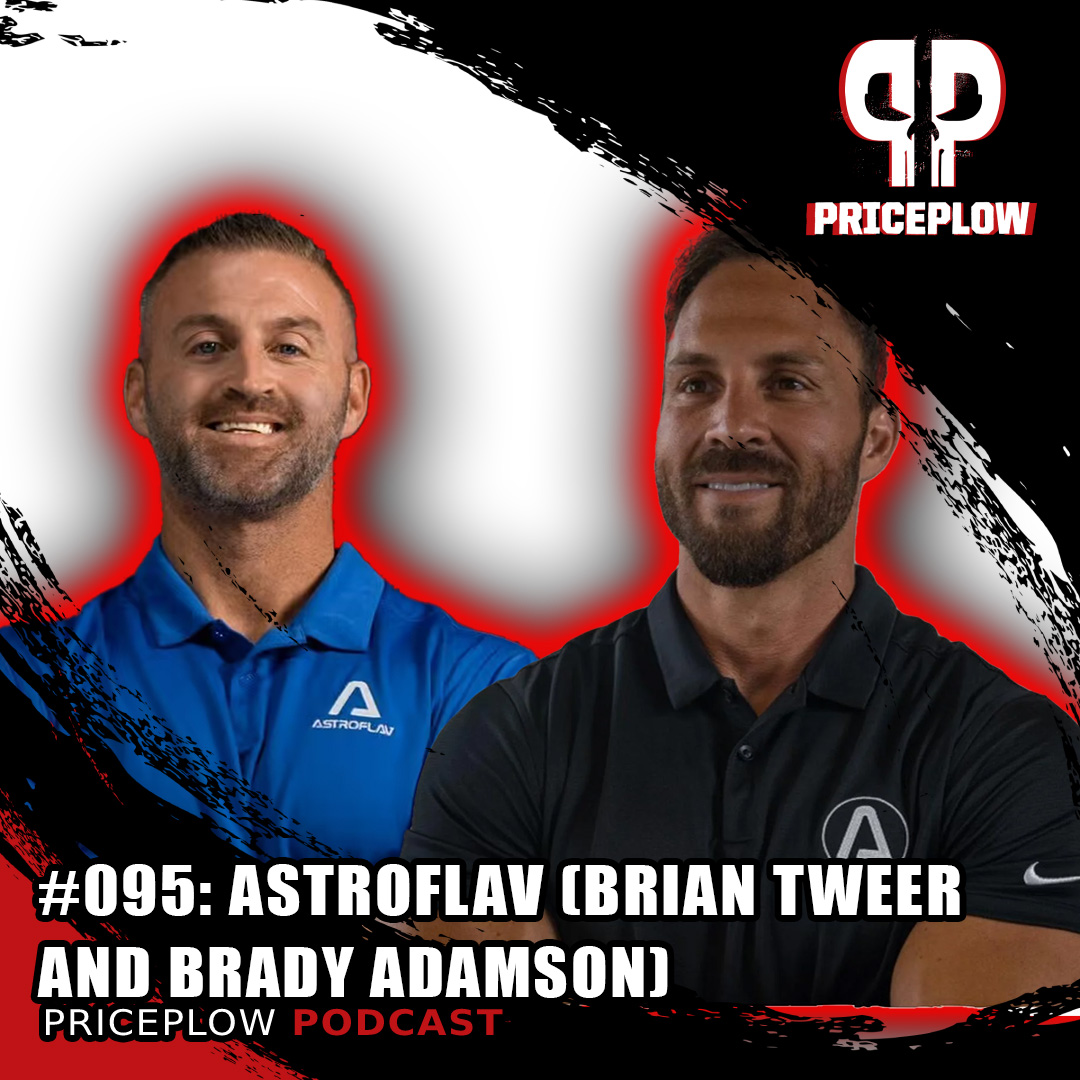
Brian Tweer, founder of Jersey Shore Supplements and AstroFlav, joins the PricePlow Podcast with Brady Adamson to talk business, formulas, and mindset in Episode #095
When the Arla clear wheys showed up on the scene, we knew it wouldn't be long before an industry leader snuck these into their next protein powder. Well, AstroFlav is right on cue – not even six months later, we see Lacprodan BLG-100 leading one of the industry's finest formulas.
There's a reason why we chose Brady and Brian and the team at AstroFlav as the Innovators of the Year -- and they keep proving us right! On the note of Brady and Brian, listen to them on Episode #095 of the PricePlow Podcast.
We will say that the previous IsoMix was incredible, though. You know these guys are on fire when most other companies would kill to have the products that they're replacing.
AstroFlav IsoMix – Deals and Price Drop Alerts
Get Price Alerts
No spam, no scams.
Disclosure: PricePlow relies on pricing from stores with which we have a business relationship. We work hard to keep pricing current, but you may find a better offer.
Posts are sponsored in part by the retailers and/or brands listed on this page.
Note: In the widget above, make sure you check each store for the labels you want. Some old formulas without BLG-100 may still be out - they're still delicious though - you can read about those in our original IsoMix article.
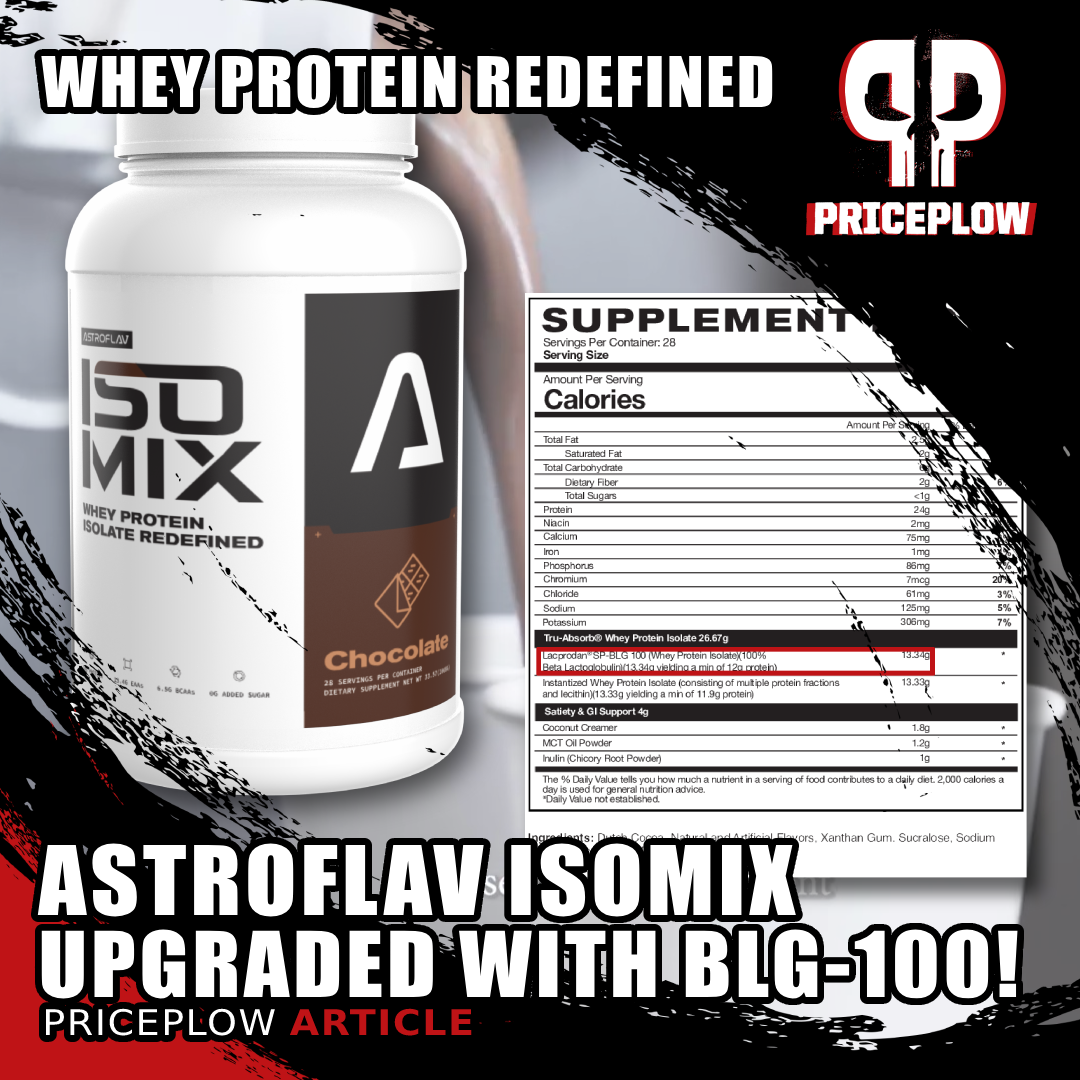

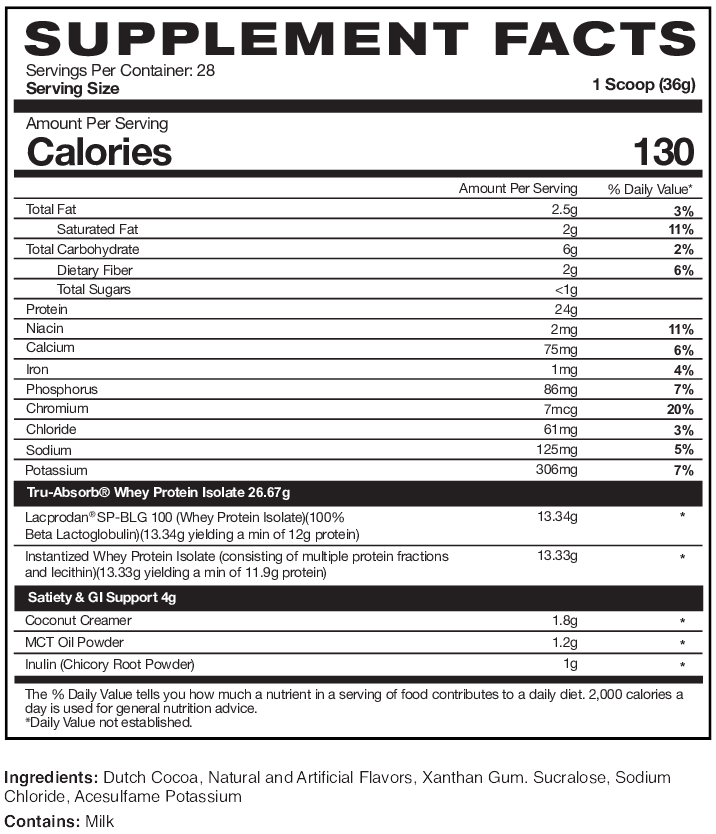
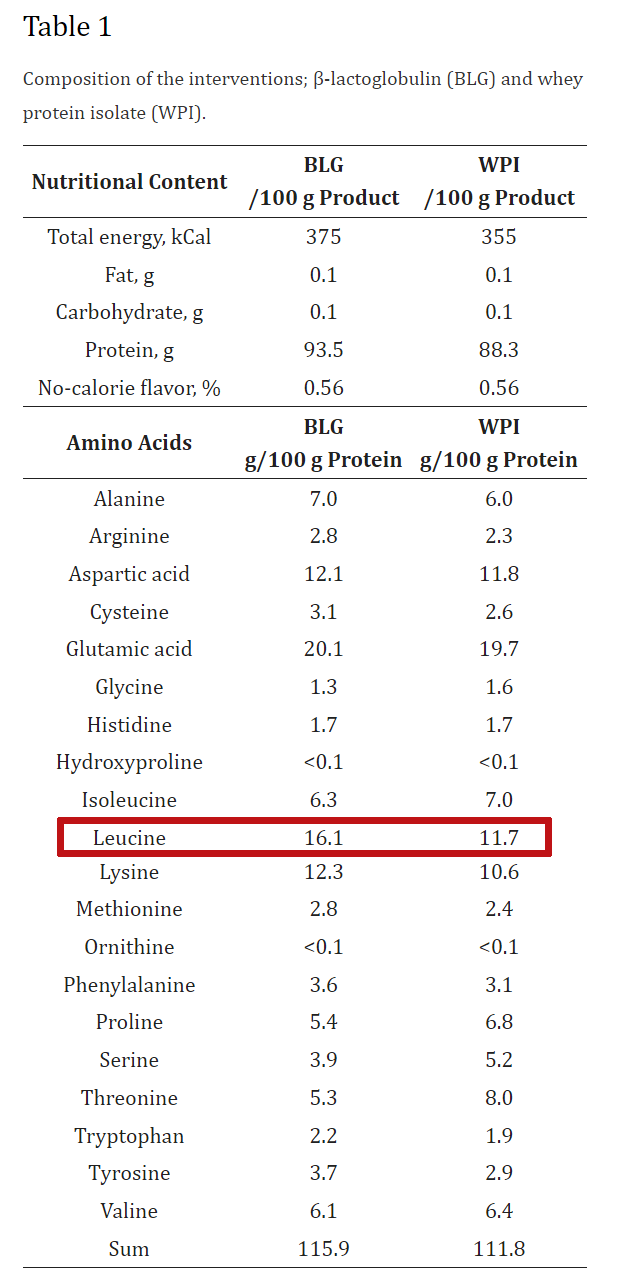
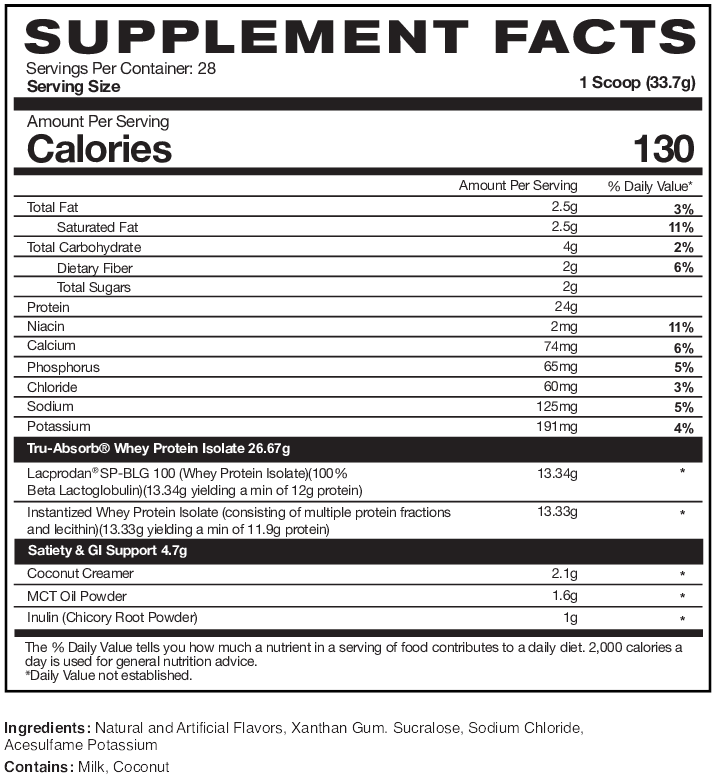
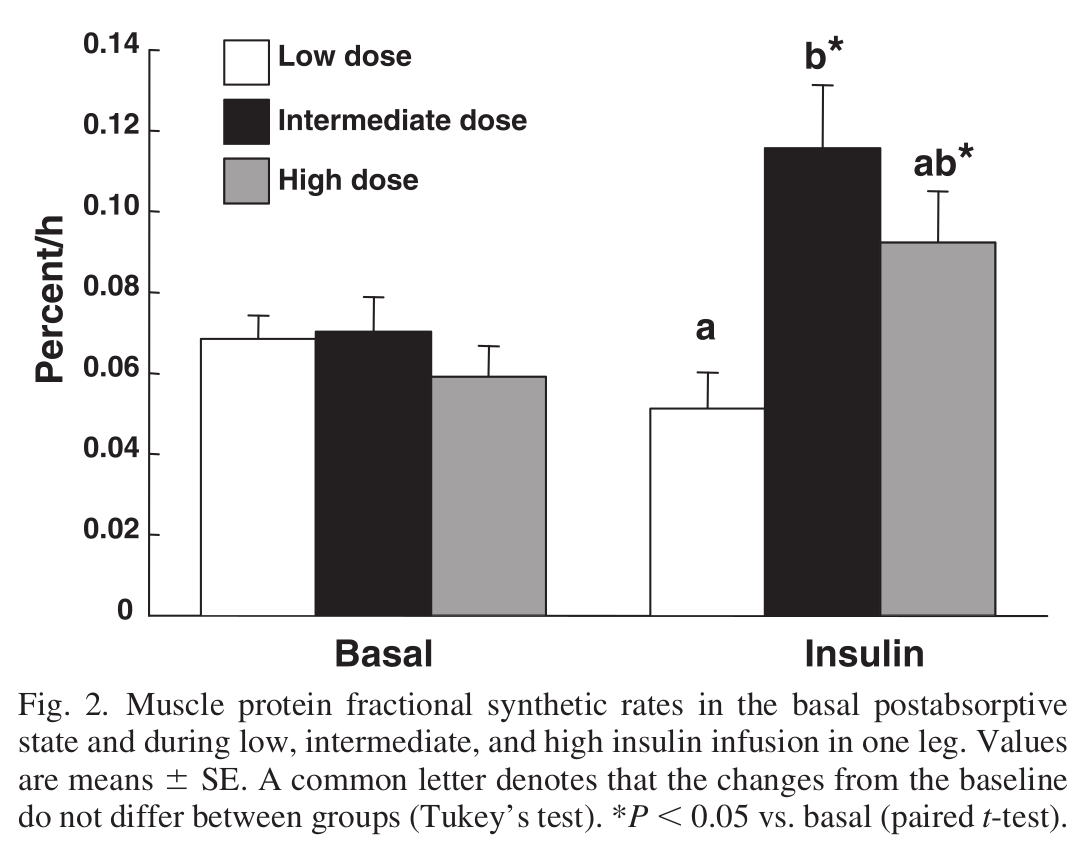
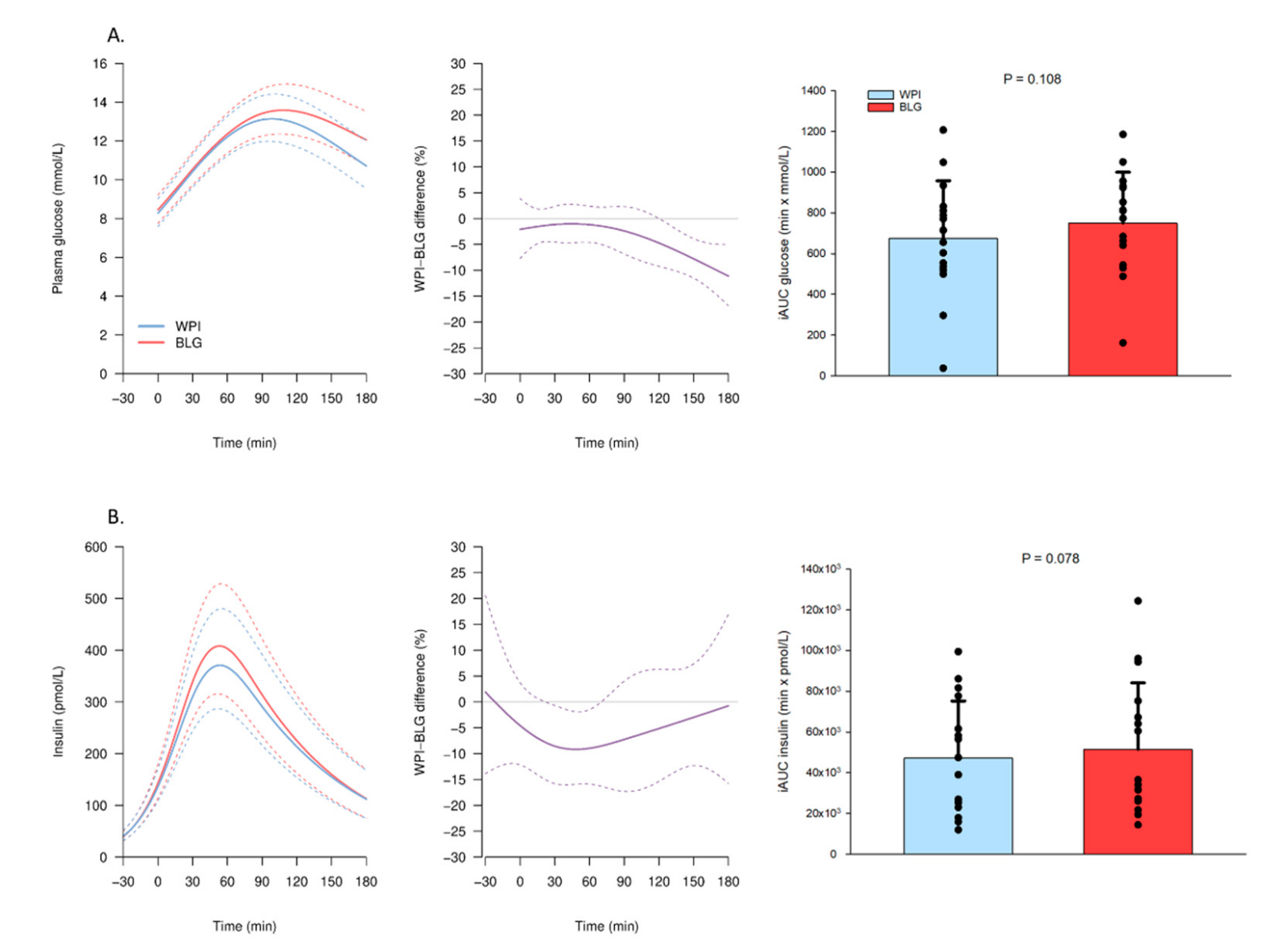
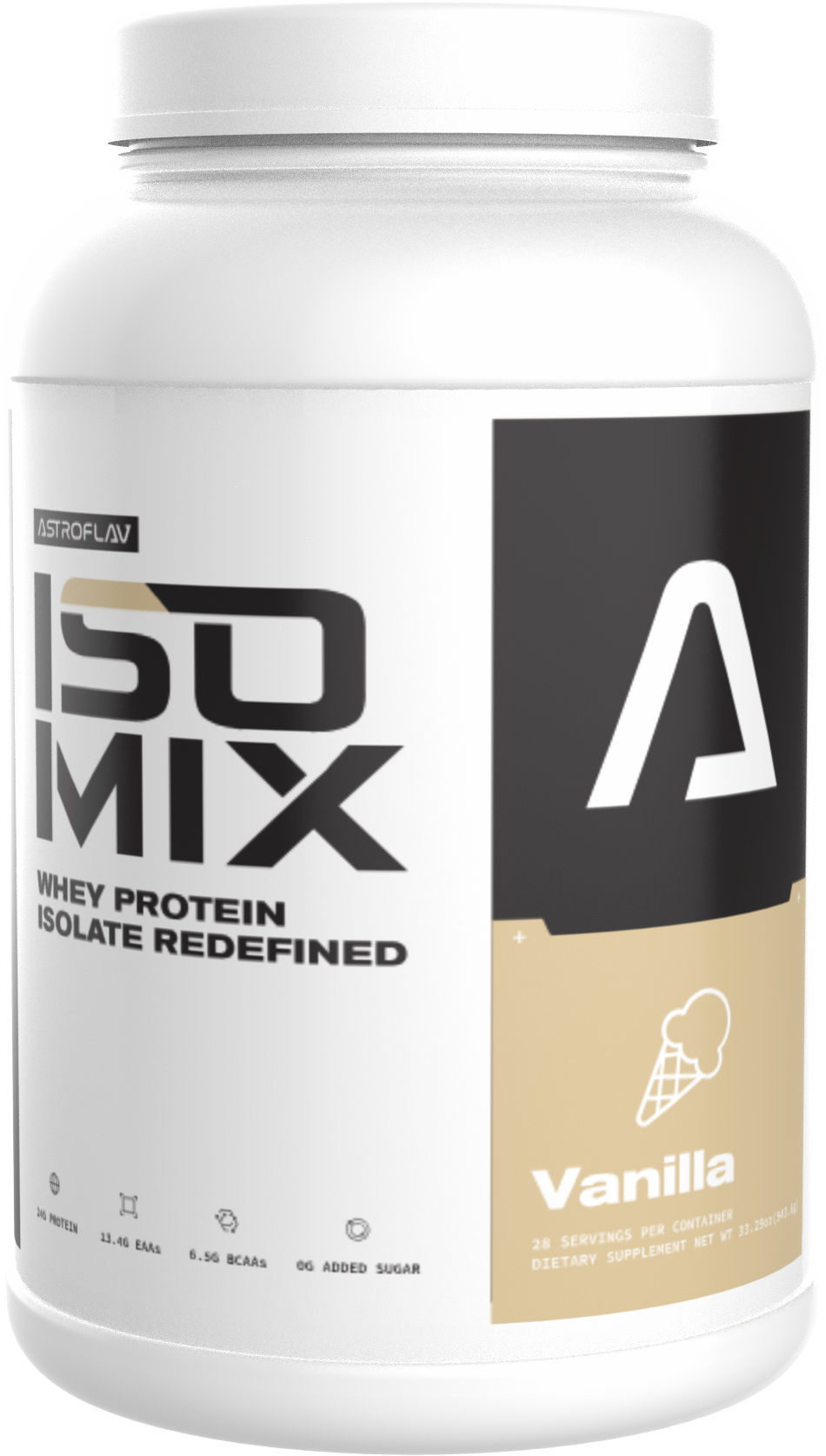
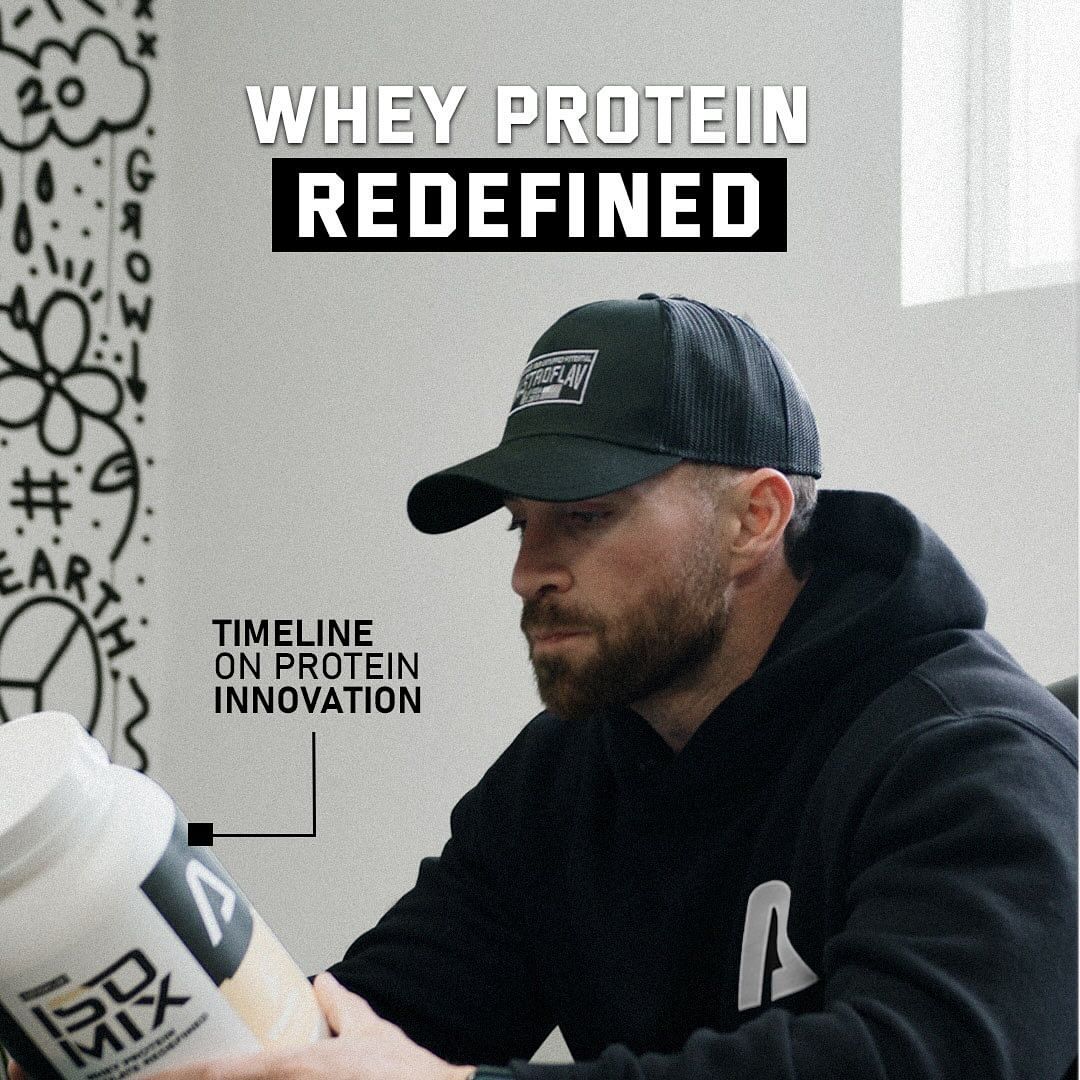
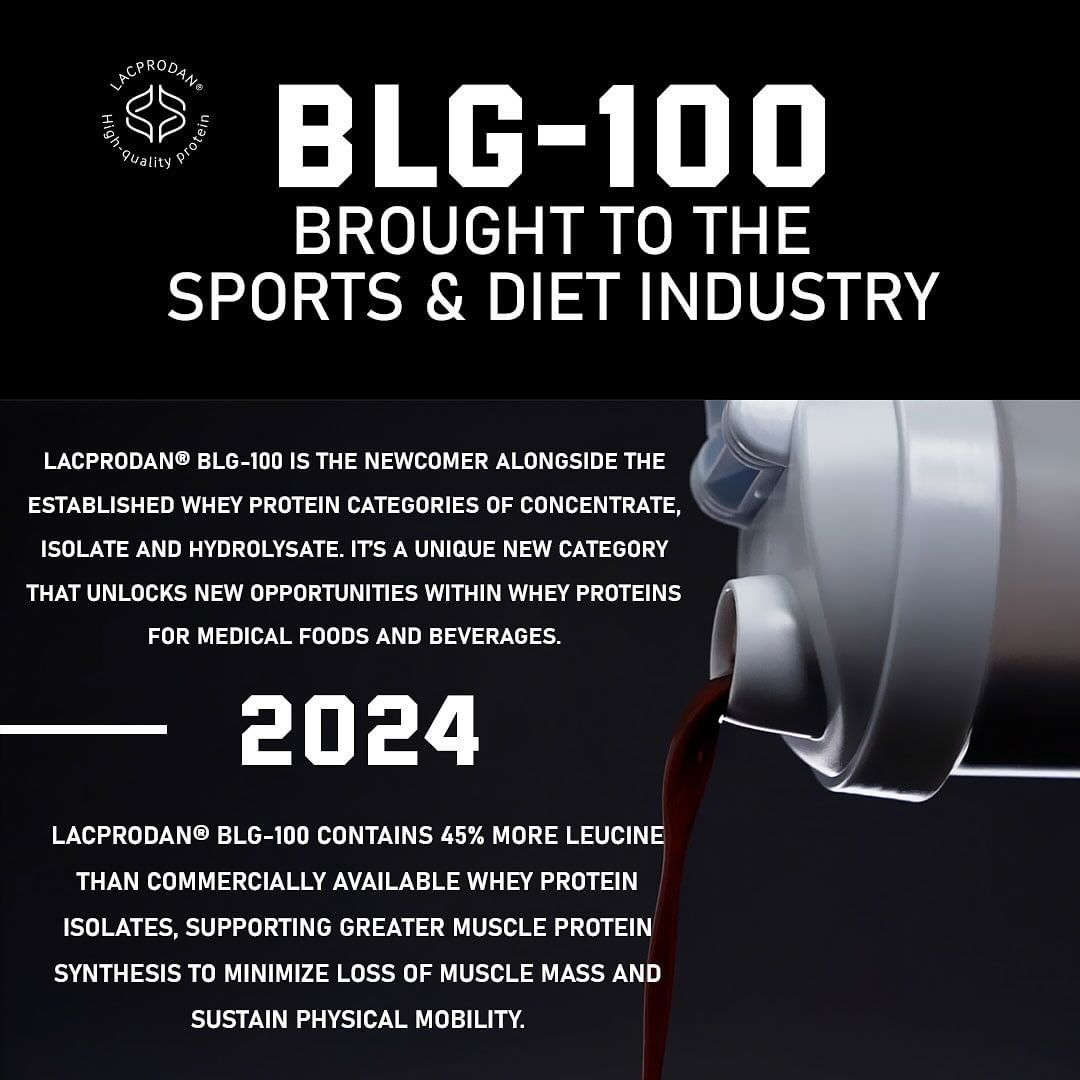



Comments and Discussion (Powered by the PricePlow Forum)